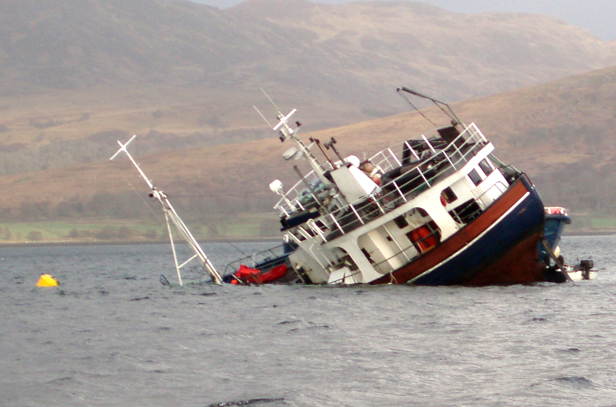The International Maritime Organization’s Nairobi International Convention on the Removal of Wrecks entered into force yesterday, April 14, 2015, setting strict rules for the prompt and effective removal of wrecks within a country’s territorial waters.
The Convention places strict liability on owners for locating, marking and removing wrecks deemed to be a hazard and makes State certification of insurance, or other form of financial security for such liability, required for ships of 300 gt and above. It also provides States Parties with a right of direct action against insurers.
IMO said the Convention fills a gap in the existing international legal framework by providing a set of uniform international rules for the prompt and effective removal of wrecks located in a country’s exclusive economic zone or equivalent 200 nautical miles zone. The Convention also contains a clause that enables States Parties to “opt in” to apply certain provisions to their territory, including the territorial sea.
The Convention provides a legal basis for States Parties to remove, or have removed, wrecks that pose a danger or impediment to navigation or that may be expected to result in major harmful consequences to the marine environment, or damage to the coastline or related interests of one or more States.
The Convention also applies to a ship that is about, or may reasonably be expected, to sink or to strand, where effective measures to assist the ship or any property in danger are not already being taken.
The Convention was adopted by a five-day International Conference at the United Nations Office at Nairobi (UNON), Kenya, in 2007.
The States Parties to the treaty as of April 14, 2015 are: Antigua and Barbuda, Bulgaria, Congo, Cook Islands, Denmark, Germany, India, Iran (Islamic Republic of), Liberia, Malaysia, Marshall Islands, Morocco, Nigeria, Palau, and the United Kingdom.
The Convention will also come into force for Malta on April 18, 2015 and for Tuvalu on May, 17 2015.
Copyright Ships & Ports Ltd. Permission to use quotations from this article is granted subject to appropriate credit given to www.shipsandports.com.ng as the source.

